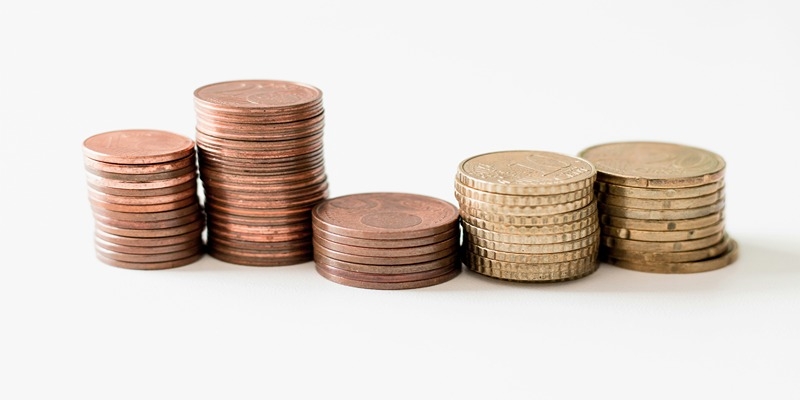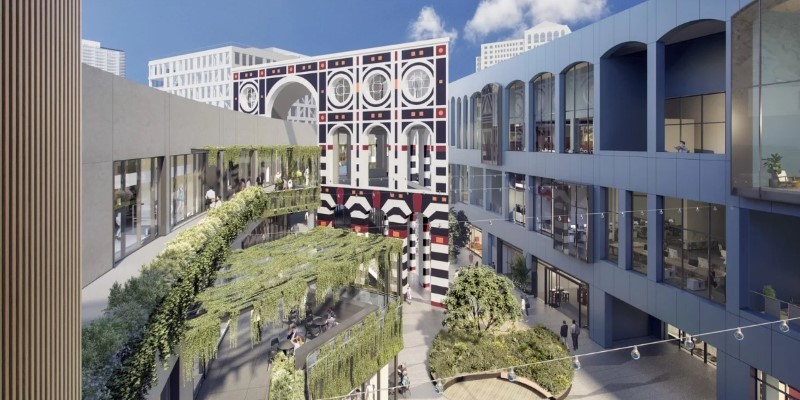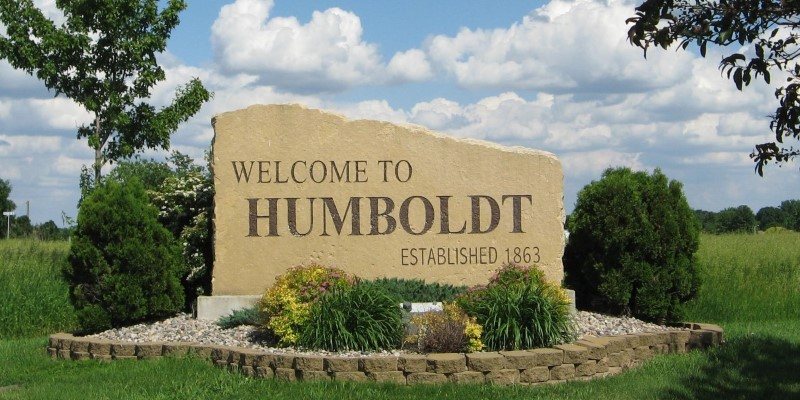Private Mortgage Insurance (PMI) is insurance that is usually paid by the borrower whenever he or she opts for a conventional loan. Although PMI allows the borrower to buy a house with a lower down payment, it charges an additional amount to the monthly payments for the mortgage, which is rather large in the long run. Knowledge of the costs linked to PMI as well as the search for different options to avoid it will assist homebuyers in saving money and making the right choice while obtaining the credit for a house.

This way, you decrease the lender's risk and remove the necessity of PMI. While gathering a 20% down payment might be difficult given the current high prices for houses and other forms of real property, it is relatively more economical in the long run. Not only does it get rid of PMI, but it also decreases the total loan amount, decreasing your monthly house payments and total interest payments. Finally, a down payment means that you will own a certain percentage of the house right from the outset, and this will be helpful if the prices of properties drop. Other ways to avoid the cost of PMI and have better terms agreed on are possible only if a person can afford to pay 20% of the price for a house.
This approach makes it possible for the borrowers to exclude the monthly premium for PMI, thus lowering their initial costs for the mortgage. Nevertheless, due to the higher interest rate, the borrower may be charged more in the course of the loan repayment period. LPMI is advantageous if you intend to live in the home for a couple of years because the overall savings on PMI will be greater than the extra interest rate. LPMI has to be viewed in the context of making sure that it is not going to cost the homeowner more in terms of long-term financial planning than it would, for instance, to pay a higher down payment or to go for a different type of loan.
Another technique is the piggyback loan, whereby a second mortgage is used to fund part of the down payment so as to skip PMI. Usually an 80-10-10 loan, this way of financing enables the borrower to take 80% of the price of the home with a first mortgage, 10% with either a second mortgage or home equity loan, and make the remaining 10% down payment. With the help of maintaining the first mortgage below 80% of the home's value, PMI is eliminated. The use of this strategy can help avoid high front-end cash outlays, but it also comes with a second loan, which will have its own APR and amortisation schedule, which can make borrowing more expensive. It is advisable to use piggyback loans in situations where the interest rate of the second mortgage is less than the cost of PMI or when borrowers want to keep cash flexibility.
VA loans that are provided to eligible veterans, active-duty military, and surviving spouses are considered to be one of the best mortgage products available. This advantage alone can cut as much as hundreds of dollars off borrowers monthly payments versus a traditional loan with PMI. Also, VA loans are usually available at low interest and with more relaxed credit checks, thus enabling more homeownership among the service people.
FHA loans are those that are backed by the Federal Housing Administration for the purpose of helping those with lower credit scores or a small down payment towards the purchase of their home. Even though all FHA loans involve mortgage insurance, the initial and annual premiums are, in most cases, lower than conventional PMI. FHA loans permit down payments of only 3%. 5%, thus it can be considered suitable for first-time buyers or those who have not accumulated a large amount of money for the down payment. However, the mortgage insurance for the FHA loans stays with the loan for the entire term of the loan, except that it is refinanced for a conventional mortgage.
A second option to traditional PMI is a conventional loan with a piggyback strategy, of which one of the most popular is the 80-10-10. In this setup, the borrower takes out two loans: one for 80 percent of the value of the home, another for 10 percent of the home value, and a down payment of 10 percent. It also assists in maintaining the primary loan at or below 80% of the homes value, which eliminates PMI. While this is a strategy of having two loans, it is financially viable if the interest charged on the second mortgage is cheaper than the PMI.

Two issues should be borne in mind when debating PMI alternatives: advantages and gains for the short term as well as disadvantages and losses for the long term. Solutions like VA loans mean no PMI and immediate dollar savings, while others like FHA and piggybacks mean extra costs, including more permanent mortgage insurance or a higher rate on the second mortgage. Thoroughly reflect on your budget, the time you are going to live in the home, and your financial plan in the long run.
It is unwise to pay PMI because it is costly, but one needs to select a strategy depending on their current financial status. It is important to consider the pros and cons of each choice and estimate all the possible further consequences to make the variant more suitable for homeownership. They include the cost of the home, the interest rate, points, taxes, insurance, and private mortgage insurance, among others. By doing so, you can keep your mortgage costs low and become a homeowner in a manner that is financially beneficial to you today and in the future.
By Celia Shatzman/Sep 19, 2024

By Jennifer Redmond/Sep 22, 2024

By Pamela Andrew/Sep 16, 2024
By Kristina Cappetta/Sep 19, 2024
By Nancy Miller/Sep 18, 2024

By Christin Shatzman/Sep 23, 2024
By Gabrielle Bennett /Sep 23, 2024

By Paula Miller/Sep 23, 2024
By Elena Davis/Sep 23, 2024
By Mason Garvey/Sep 23, 2024
By Alison Perry/Sep 18, 2024

By Verna Wesley/Aug 30, 2024